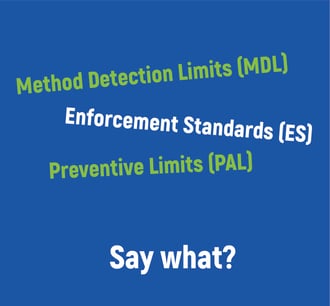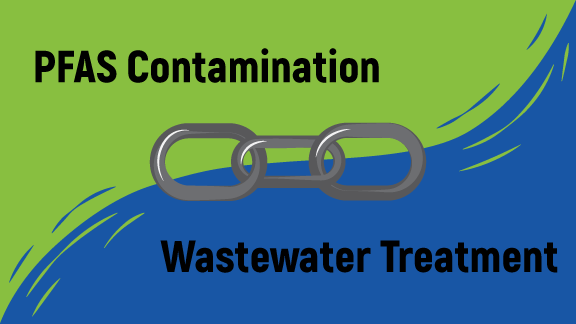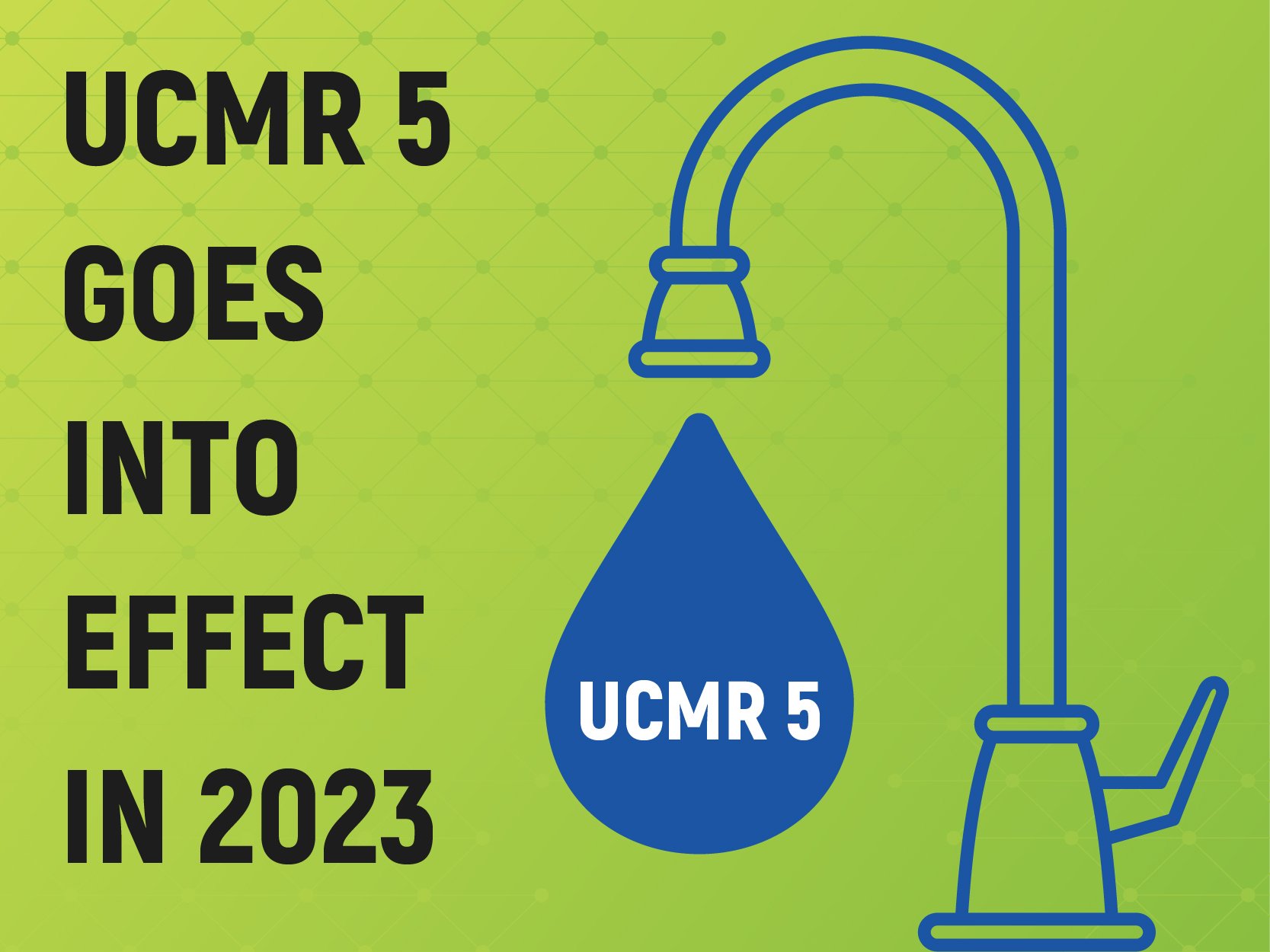Wisconsin Department of Natural Resources (WDNR) Evolves PFAS Reporting Standards
For those that have read the book Who Moved My Cheese by Spencer Johnson, you might understand the reference. To those that have not, just consider it a cheesy Wisconsin-based pun. But to be fair, WDNR is not moving anyone’s cheese; they are simply evolving with the rapidly changing PFAS regulatory environment and doing so at a good clip.
This blog references WDNR’s PFAS Update dated March 1, 2021. Here are a few key takeaways from a PFAS testing lab’s perspective.
- WDNR goes on record stating that the laboratory Method Detection Limits (MDL) must be lower than the Enforcement Standards (ES). When evaluating your laboratory provider, make sure you are looking at their MDLs, and not LOQs (aka reporting limits). Notably, Pace MDLs meet all associated ES values. In addition, Pace MDLs also meet all associated Preventive Action Limits (PAL) as well, even though that is only referenced in the update as being ideally met, but not required.
 Wait, did you say ES and PALs? It is important to read the fine print unless you have been following this closely. These are “recommended” ES and PAL values currently going through the legislative process. Although not enforceable, they soon will be, so best to use them as the benchmark going forward.
Wait, did you say ES and PALs? It is important to read the fine print unless you have been following this closely. These are “recommended” ES and PAL values currently going through the legislative process. Although not enforceable, they soon will be, so best to use them as the benchmark going forward.- “If the client does not provide instructions...” Say what? This phrase is used several times in the WDNR document. Pace Analytical will always seek clarity about your project and its intended data quality objectives. But be careful when reading this statement in the subject document. It could lead to the conclusion that you MUST always report 33 compounds and MUST use the Isotope Dilution Method in accordance with the WDNR PFAS Guidance even for drinking water.
- But wait, I thought 537.1 was the drinking water method? It is, and in tandem with Method 533, the only two EPA-published drinking water methods. Notably, Method 537.1 is an internal standard method (not isotope dilution), and if a lab is running this method, they would only report those 18 compounds. If they add compounds, or change anything else materially, then it becomes one of those “modified” PFAS methods you all know and love. The bottom line is that there may still be allowance for constituents to request Method 537.1 and only report the 18 compounds; however, I would suggest doing so only with regulator buy-in in terms of your objectives.
Request a Briefing.
Pace Analytical® is one of a handful of commercial labs approved by WDNR to test for PFAS for drinking water. We are also capable of testing multiple other matrices, such as biota (plant and animal tissue), soil, wastewater, ground water, and more.
Our goal is to help our customers in Wisconsin - and across the country - remain in compliance with new rules and regulations and even stay a bit ahead of them when possible. As WDNR announces changes to PFAS standards, we will continue to adapt our methods and processes as needed. To help in your project planning, reach out to us for briefing on the regulatory requirements for your state and your organization.




